On the afternoon of November 27, the National Assembly passed the draft Law on Water Resources (amended) with 94.74% of National Assembly deputies participating in the vote in favor.
Previously, according to Chairman of the Committee for Science, Technology and Environment Le Quang Huy, regarding declaration, registration and licensing of water resources (Section 3, Chapter IV), there was a proposal to specifically regulate the large, medium and small scale of water resource exploitation projects for easy application.

The Standing Committee of the National Assembly finds that the National Assembly member's opinion is valid. However, because water resources in Vietnam vary greatly in space (by region, area, province), time (by season) and are greatly affected by water sources from abroad and the impact of climate change. At the same time, the scale of exploitation of the project depends on the exploitation purpose, the type of exploited water source (surface water, underground water, seawater), the type of water exploitation project (dam, reservoir, pumping station, culvert, etc.), it is difficult to specify the scale of water resource exploitation projects in the draft law.
"Therefore, Clause 9, Article 52 of the draft law assigns the Government to provide detailed regulations to ensure flexibility in determining the scale of the project, in accordance with water source conditions, and to ensure feasibility," he informed.
Regarding economic tools, policies and resources for water resources (Chapter VI), there are opinions suggesting to study and supplement regulations on other legal funding sources other than the State budget to carry out the activities specified in Articles 72 and 74 of the draft law.

In response to the opinions of the National Assembly deputies, the draft law has been reviewed, revised, and supplemented with provisions on ensuring financial policies and mechanisms for activities to restore degraded, depleted, and polluted water sources: Funds for restoring degraded, depleted, and polluted water sources are allocated from the State budget, capital sources for economic and environmental careers, development investment, environmental protection funds, payment sources from entities causing degradation, depletion, and pollution of water sources, and other contributions from organizations and individuals in Clause 5, Article 34.
Encourage financial institutions to develop green credit, green bonds and financial products to support water resource restoration activities in Clause 4, Article 72. Socialize the restoration of degraded, depleted and polluted water resources in Point a, Clause 1, Article 74 through investment incentives and call for social participation through the addition of regulations on water resource restoration in the form of public-private partnerships.
At the same time, supplement the provisions in Clause 1, Article 34, Chapter on Protection and Restoration of Water Resources, which stipulate the development of plans, programs, and projects to restore degraded, depleted, and polluted water resources; prioritize the restoration of "dead rivers" to restore water resources, create flows, and improve ecological landscapes, including programs, plans, and projects that prioritize "reviving" rivers (as is being started with the Bac Hung Hai, Nhue, and Day rivers, through the construction of dams to create flows).
Source





![[Photo] General Secretary To Lam concludes visit to Russia, departs for Belarus](https://vphoto.vietnam.vn/thumb/1200x675/vietnam/resource/IMAGE/2025/5/11/0acf1081a95e4b1d9886c67fdafd95ed)
![[Photo] General Secretary To Lam arrives in Minsk, begins state visit to Belarus](https://vphoto.vietnam.vn/thumb/1200x675/vietnam/resource/IMAGE/2025/5/11/76602f587468437f8b5b7104495f444d)
![[Photo] General Secretary To Lam meets and expresses gratitude to Vietnam's Belarusian friends](https://vphoto.vietnam.vn/thumb/1200x675/vietnam/resource/IMAGE/2025/5/11/c515ee2054c54a87aa8a7cb520f2fa6e)



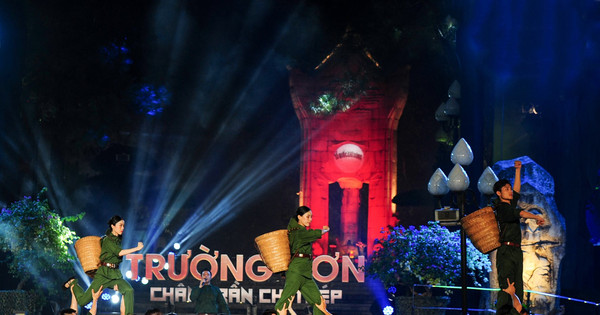



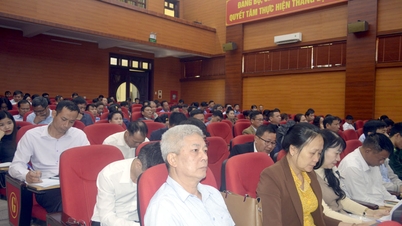

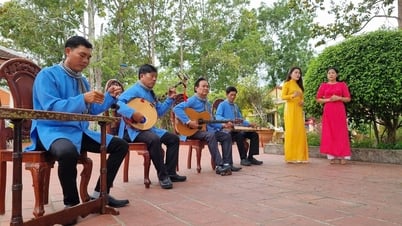

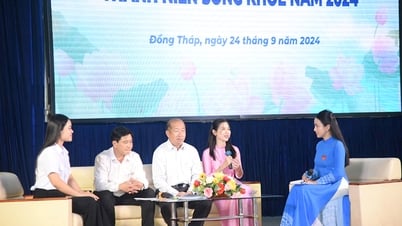
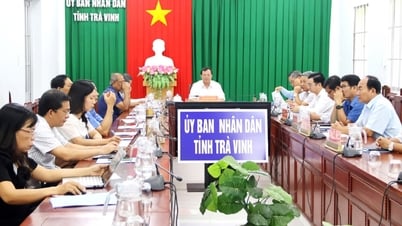
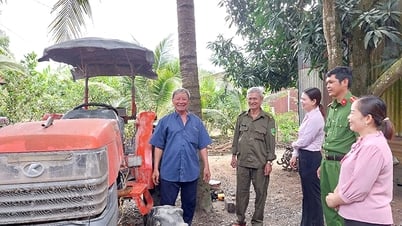





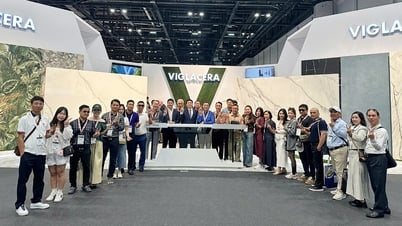
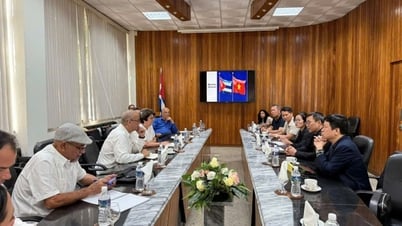

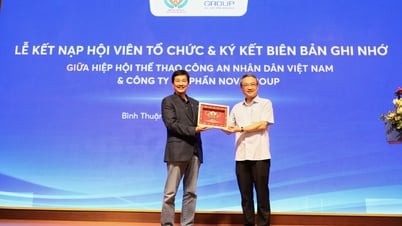

![[Photo] National Assembly Chairman Tran Thanh Man attends the Party Congress of the Committee for Culture and Social Affairs](https://vphoto.vietnam.vn/thumb/1200x675/vietnam/resource/IMAGE/2025/5/11/f5ed02beb9404bca998a08b34ef255a6)






























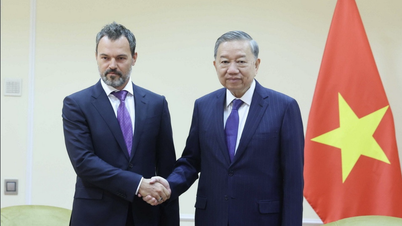

















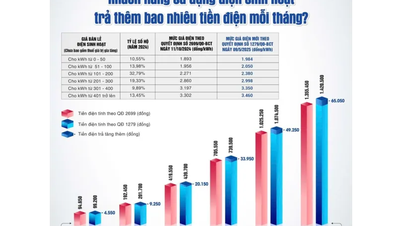













Comment (0)